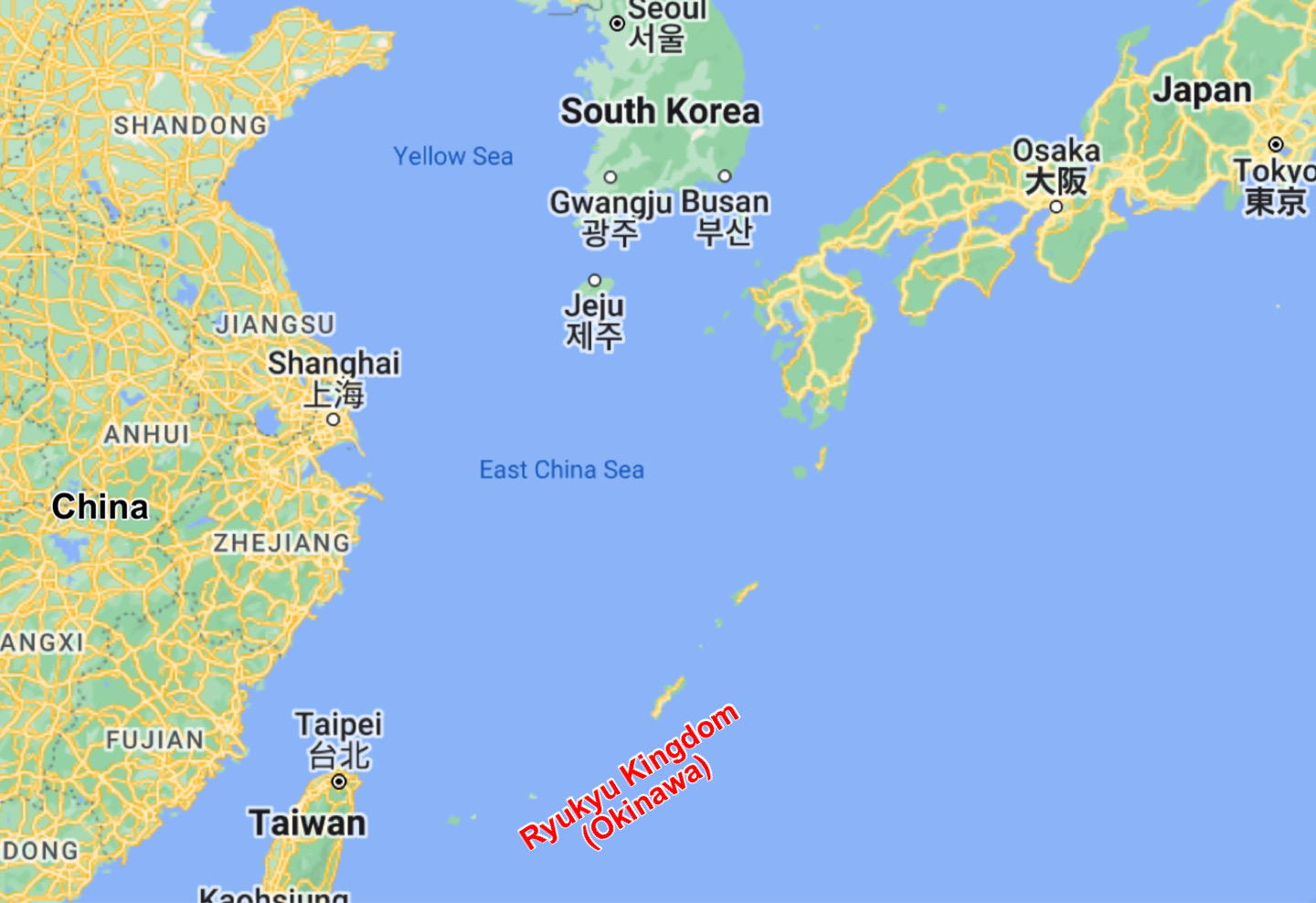
Okinawan White Crane (Hakutsuru or Hakutsuru Kenpo) is an ancient self defense method that originated in the Fujian Province of China. It was a major influence in the development of what eventually became Karate.
Is it Karate?
Not really. It is what karate came from, in fact, pre dating karate by several hundred years. All of the original Okinawan Karate styles contain elements of White Crane and most have White Crane forms at higher levels. Traditionally the crane forms were only taught to the most advanced and loyal students.
Is it Kung Fu?
While it came directly from Kung Fu, it is not what most people would recognize as Kung Fu today. It has its roots in Shaolin Crane Fist but it was simplified to some degree in the Ryu Kyu Kingdom (Okinawa). Many people aren't aware that the Ryukyu Kingdom (now Okinawa) aligned itself culturally and politically with China for centuries before Japan annexed the island kingdom.

How is it different from Karate?
Modern Karate has undergone periods of transformation. The most significant was during the early 1900’s where it was altered to be more appealing to Japanese society and took on elements of Japanese arts such as Kendo and Judo as well as western arts such as French Savate and European Boxing. Okinawan Crane was protected from most of these changes and maintains identity as purely a self defense system.
How is it like Karate?
Karate uniforms and rank belts are used and much of the terminology is the same. If you have experience in Karate you may recognize certain elements. When you get to the advanced black belt ranks in karate the similarities begin to appear more.
Who is Okinawan White Crane for?
Adults who want to learn a time-tested method of self defense. One of the advantages of Crane is the fact that it does not rely on physical strength or athletic ability to be effective. The emphasis is on natural movements that are low risk - high reward. Absent are acrobatic movements, high kicks and boxing style strikes. Instead you will find techniques that focus energy to soft targets and vital points.
It is important to keep in mind that Crane is not intended for mutual combat (tournament fighting, mma matches, street fighting). It is entirely focused on self defense. This is often defined as rehearsed responses to common attacks. On other words someone must attack you. Of course it could be adapted to mutual combat but that will likely land you in criminal or civil trouble.
How is Okinawan White Crane Taught?
It’s very individualized. Primarily kata (form) based with applications, self defense techniques and concepts are added. The forms teach you how to move and transfer energy effectively and the applications teach you how what you learn in the forms can be used. Unlike sport karate, the forms have not been modified to be taught to large groups and they can look slightly different depending on who is performing them. If you are looking for impressive forms to win tournaments with or to put on exciting demonstrations, these aren’t gonna do it.
Because of the individual nature of Crane, a mix of small groups and privates are the preferred method of learning.
There are different systems of Okinawa Crane but they all share the same origin. At Alaska School of Martial Arts the emphasis is on Matsumura Crane, a system usually found within Matsumura Seito Shorin Ryu. The lineage of our system is as follows:
Bushi Matsumura (deceased)
Nabe Matsumura (deceased)
Hohan Soken (deceased)
Takaya Yabiku (Current Grandmaster in Okinawa)
Chuck Chandler (deceased)
Lawrence Vellucci
Shawn Clapp
